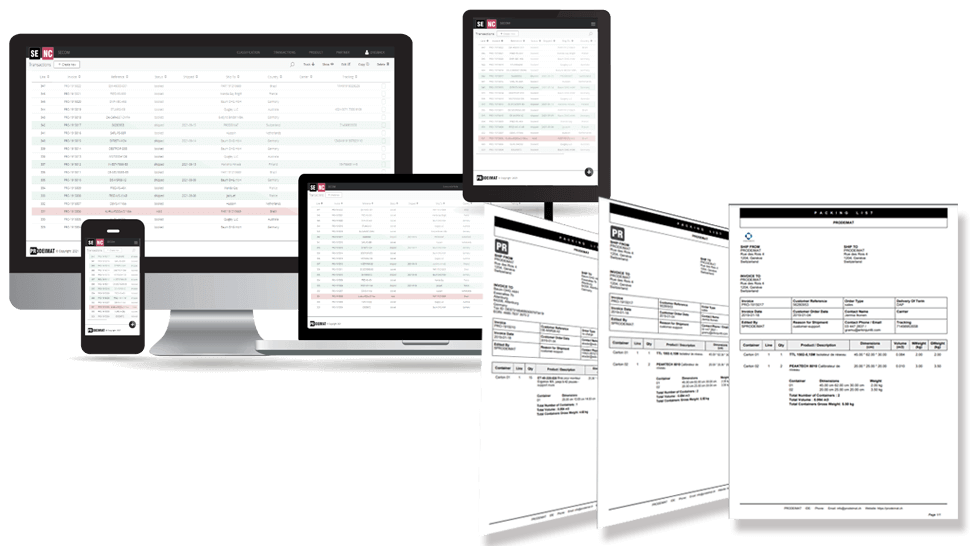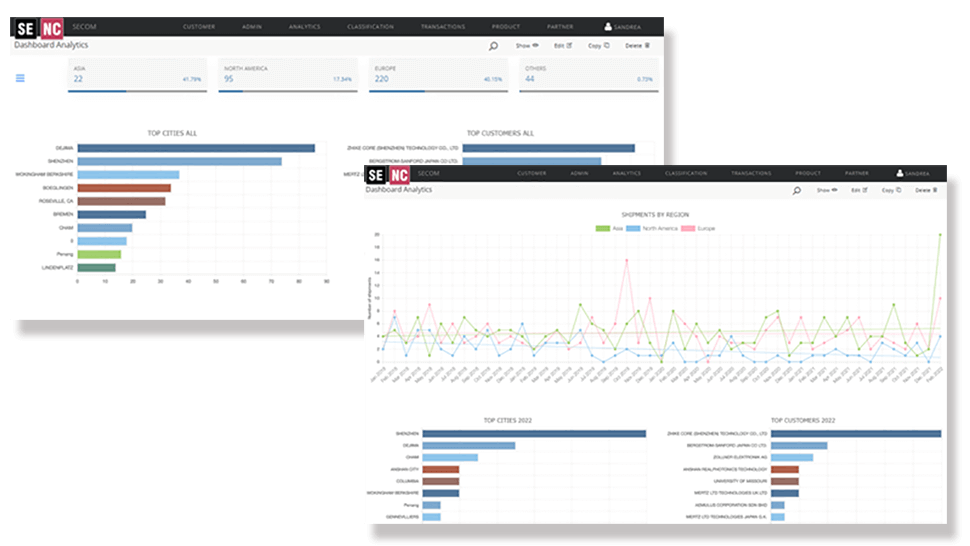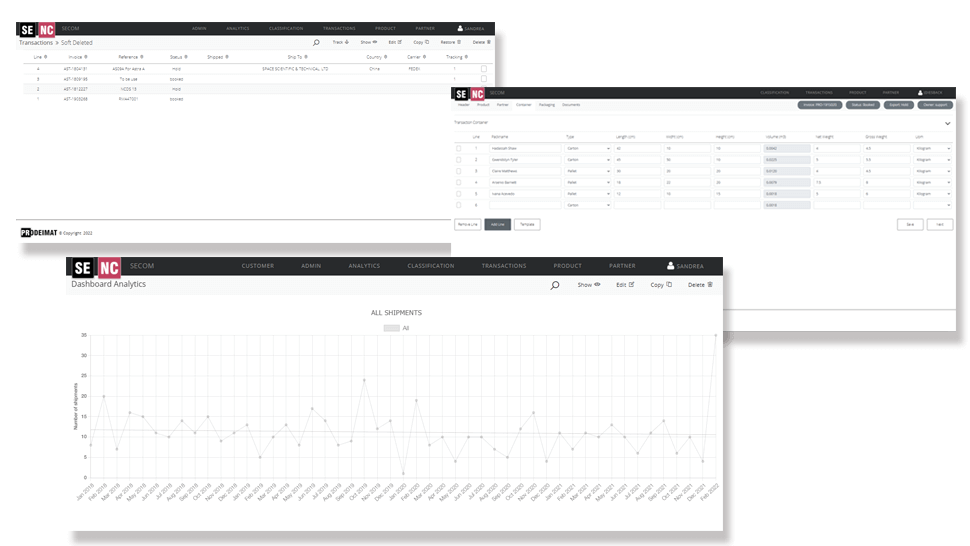Why is the Packing List important?
When you send an important group of boxes with goods to another country, you will find the need to make a Packing List so that the business ends with a happy ending. Here we are going to explain in detail why the Packing list is important.
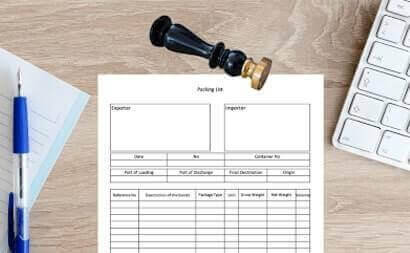
The packing list, is a document that contains relevant data of what you are exporting.
This document will ensure that your goods arrive at their destination in optimal conditions.
But let's see, is it important not to forget to make the Packing List?
The packing list is an important document that indicates the contents of your cargo, including the number and type of packages (crates, cartons, drums, pallets, etc.).
It provides information about the shipment to all parties involved in the export and import process, such as the exporter, importer, freight forwarder, customs broker and customs authorities of the exporting and importing country.
If your shipment does not carry this document or if it is poorly done, you could face unpleasant situations such as problems at customs due to loss or delays and even reprimands in some cases.
It is a document required by customs for both export and import.
Is it worth skipping this step?
Unfortunately this export procedure is relegated to the last minute or it is simply not properly documented causing penalties.
In the most frequent case when the packing list is incorrectly filled out, the product could arrive with days or weeks of delay, because the customs personnel would have to do extra work to verify that the shipped merchandise actually corresponds to what is declared.
All this hassle would be avoided if this document is processed correctly, to facilitate the work of customs officers and carriers. Now that you are clear about this, let's take a look at another important detail...
Things to keep in mind when making your packing list
When you make the document you have to take into account the dimensions of each container, if the right units of measures were used. If you already have at hand the individual weight of each package, it has to be the gross weight.
You must also check if the markings and numbers are appropriate. On DAT DAP and DDP exports the full address of the consignee is usually given.
You should also check if you have described in detail the type of packaging used.
If this shipping list contains the number and date of the invoice to which it refers. If you have numbered the containers correctly and if it is properly matched to the commercial invoice.
In case you did not know, a commercial invoice is the sales receipt, the document that legally proves this international transaction, between the importer and the exporter, that is, between the one who is selling the goods and the one who is buying.
The commercial invoice details the price and other details of the sale and purchase between the importer and the exporter. The most common is the cost of insurance and the cost of shipping.
Differences between Packing List and Commercial Invoice.
There is something important you need to know: There is a packing list for each commercial invoice and for each shipment.
Both documents have different functions: the first one serves for the importer to verify the delivery, while the second one is very useful for the person responsible for paying the goods, which could be the importer or not, depending on the terms of trade.
The packing list focuses on the description of the exported goods, so that the person receiving the goods can verify that they are in good condition.
In case of a problem, the packing list will be useful to resolve responsibilities with the ship, customs or the importer or exporter, that is why it is so important: It helps us to keep inventories updated.
While the commercial invoice is a proof of payment that serves to declare the value of the merchandise before the customs entities, this will serve to estimate the taxes and duties to be paid.
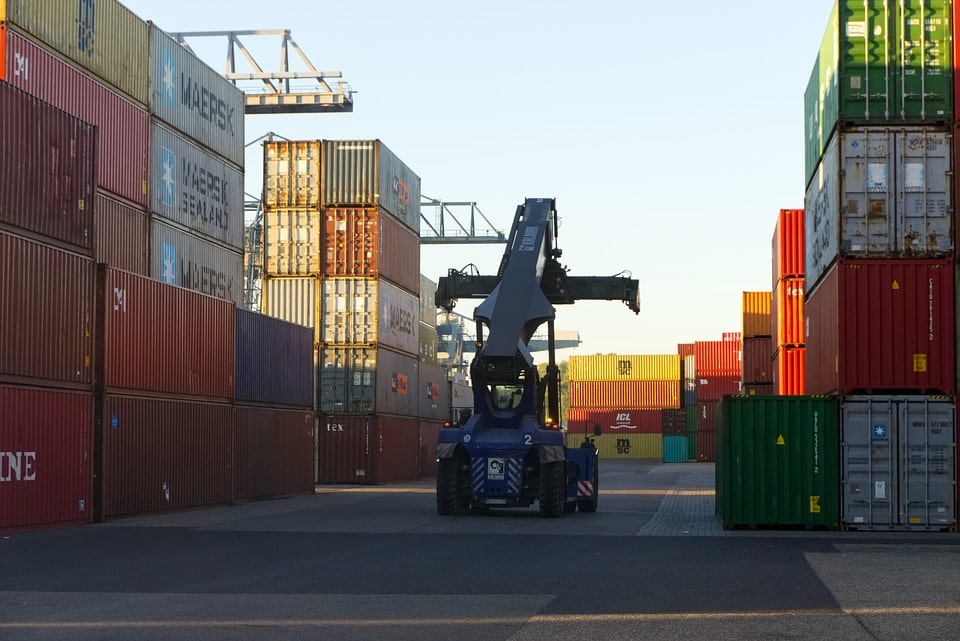
Situations that generate extra sea freight costs
To avoid incurring penalties and having to pay extra costs in customs clearance to secure your goods, you must verify important documents such as the commercial invoice and the packing list.
Having unorganized and not properly registered documentation will make you work twice as hard and waste your time, and what is worse, it will make you look bad to the company that is trusting its budget on your goods, and that in the business world is the most serious fault, even more serious than any penalty.
Another thing you should avoid is not to deliver this documentation in time, if you foresee the delivery a few days before, you will be able to notice in advance any problem and consequently solve it in time.
Care in the details
The ideal is to have a packing list as detailed as possible, to avoid errors in the shipment or losses at its destination.
A detailed description will help the receivers of the merchandise to identify the product and send it properly.
Some of the information you should have on hand when filling out this content include:
- Identifying data of the sender, i.e. the exporter, the seller.
- Identifying data of the receiver, i.e. the importer, and the customs destination identifier.
- Date
- The reference of the invoice number that corresponds to the export and order.
- The total number of boxes with the same content.
- The numbering of boxes for each type of merchandise, this is the one that generates the biggest problem in customs due to its incorrect filling.
- The external dimensions of the boxes.
- Gross unit, net and total gross weight.
- In the case of fragile products that require special care, this should be indicated on the packaging.
- Type of shipment.
- Marks and numbers used.
- The total number of packages.
- And the total volume.
In SECOM we offer you the possibility to perform this step automatically and efficiently. Do not hesitate, we help you to maintain compliance with these regulations.
